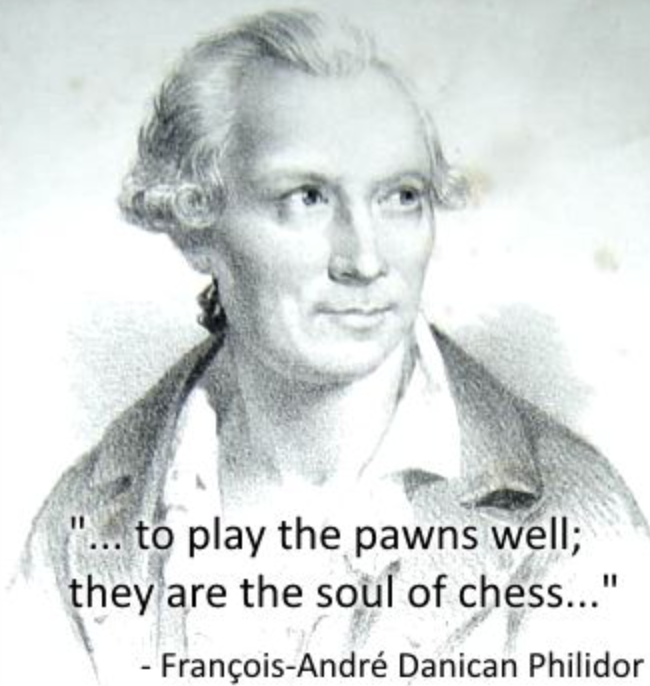
They define the shape of the game.
Once moved, they can’t go back—so every pawn move is a commitment.
Types of Pawn Structures
Here are the most common ones you should recognize:–
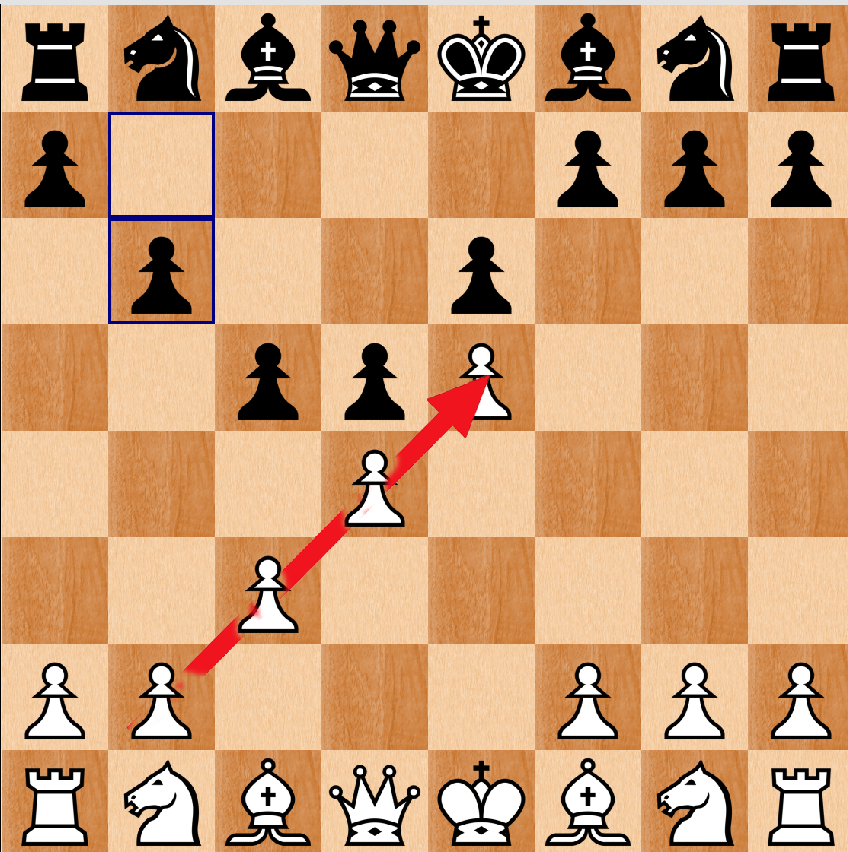
Pawn Chain
Diagonal line of pawns supporting each other. Attack the base!
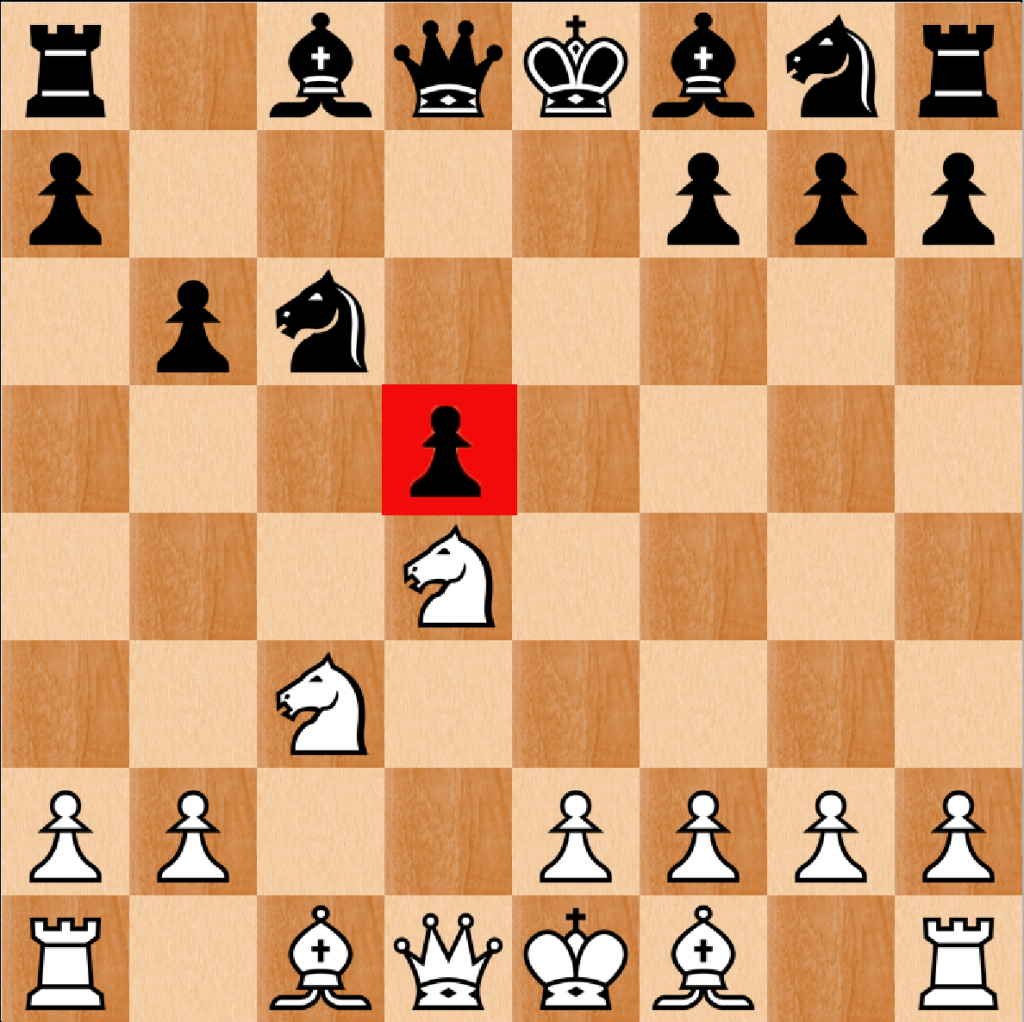
Isolated Pawn
A pawn with no adjacent pawns. Weak but can offer dynamic play.
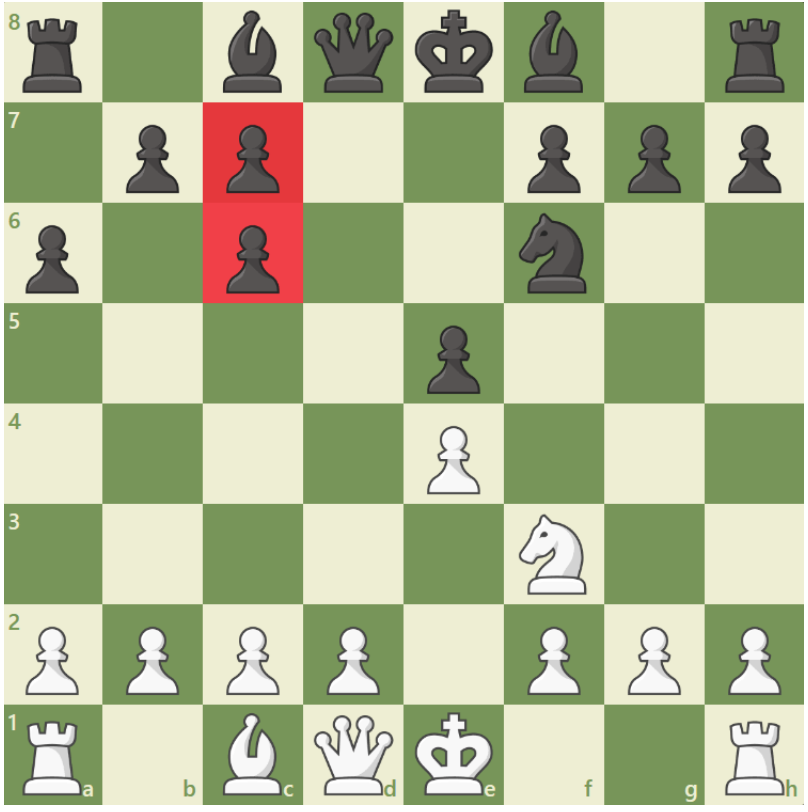
Doubled Pawns
Two pawns on the same file. Often weak, but can control key squares.
If you are going to accept doubled pawns, you should try to get something in return.
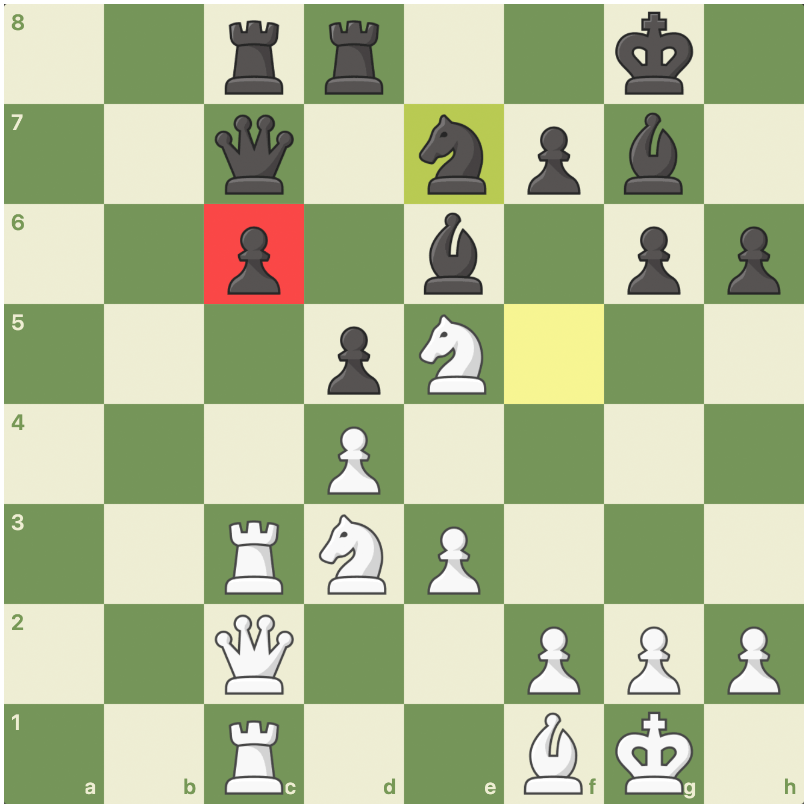
The Backward Pawn
A pawn behind others that can’t advance safely. Backward pawns are important for strategical reasons, mainly because they are a structural weakness that can be targeted and attacked.
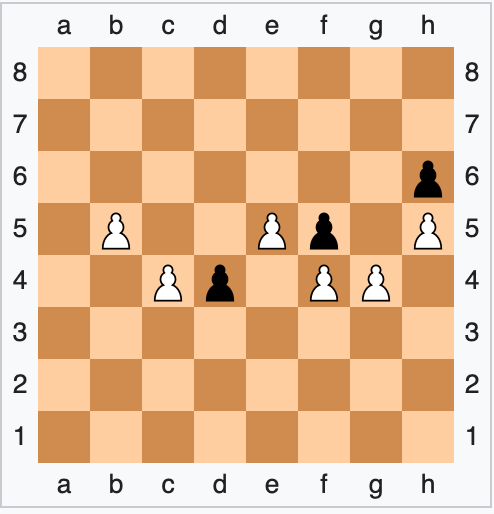
Passed Pawns
A ‘passed pawn’ is a pawn with no opposing pawns to prevent it from advancing to the eighth rank
No enemy pawns block its path to promotion. Very powerful in endgames.
Pawns on b5, c4, and e5 are passed pawns. Black’s pawn on d4 is passed.
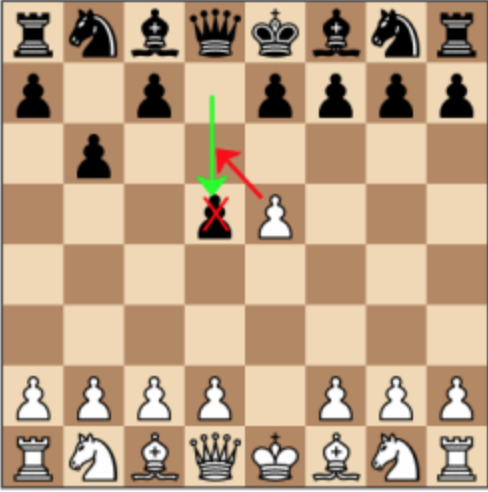
En Passant
Your opponent moves a pawn two squares forward from its starting position, landing next to your pawn. You then have the immediate opportunity to capture that pawn as if it had only moved one square forward. You must make the en passant capture on the very next move. If you don’t, the opportunity disappears.